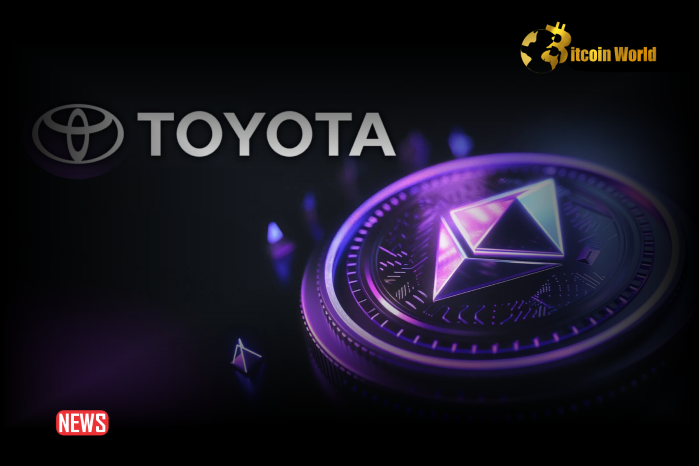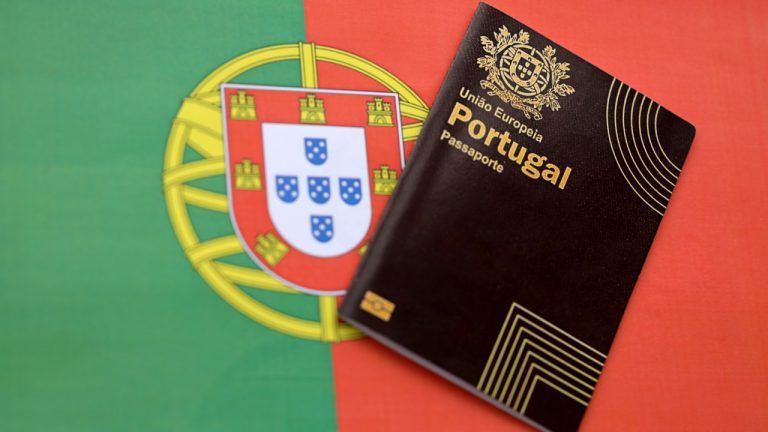Toyota To Use Ethereum Blockchain To Secure Car Accounts
- Toyota is using Ethereum’s blockchain to create digital accounts for cars, making them more programmable and secure.
- These digital car accounts will allow cars to function more like service entities, potentially enabling fully autonomous driving.
- The project is part of Toyota’s Mobility 3.0 concept, planning to integrate cars with public infrastructure.
Toyota is jumping further into blockchain to shake up how cars are managed. Picture every car having its own account on Ethereum, connecting to services and users smoothly.
This big move is part of Toyota’s Mobility 3.0 concept, which the company claims will mesh cars more tightly with public infrastructure. Toyota’s Blockchain Lab is working on this idea to use blockchain to manage cars like digital accounts.
This makes cars more programmable, secure, and service-focused. They call it Mobility-Oriented Accounts (MOA), using Ethereum’s ERC-4337 standard.
The Motivation Behind Toyota’s Blockchain Move
Back in April 2023, Toyota rolled out the Mobility 3.0 concept. They see a future where cars operate within public spaces, interacting with traffic lights, other cars, and even pedestrians.
The goal is to make cars more than just personal property – they become semi-public entities. Blockchain can help make this happen by sharing info with lots of people, boosting efficiency and transparency.
In the real world, we recognize a car by its make, model, color, and even how it drives. Digitally, this involves overlaying states of both the driver and the vehicle. The idea is to represent these states on a blockchain, making each car function like an account.
With MOA, Toyota says cars become service entities, ready for future autonomous driving. Imagine every car, including the one in front of you, having its own account, linking seamlessly to users and other systems.
Toyota thinks this could make driverless cars more practical, where they no longer need human operation and can run independently.
How MOA Works
Traditionally, creating a blockchain account for a car means storing a private key in the vehicle. But this has huge risks. If the private key is lost, so is the account.
Plus, these accounts have limited functions on the blockchain, needing other contracts to manage car info, which adds complexity.
Toyota’s fix? Use ERC-4337. This standard separates authentication from key management, keeping the account safe even if the private key is lost. It allows for safer and more flexible account management.
By holding states that can be accessed externally, it’s possible to manage car info, like usage history and maintenance records, transparently and efficiently.
MOA also allows multiple entities to approve operations, not just one. This means car users, owners, manufacturers, dealers, and government agencies can all be part of the approval process for car transactions.
This multi-entity approval makes car operations more secure and accountable. A cool feature of ERC-4337 is the CREATE2 opcode, letting addresses be set before the account is deployed.
This bridges current vehicle ID systems with on-chain addresses, making the whole process smoother.





